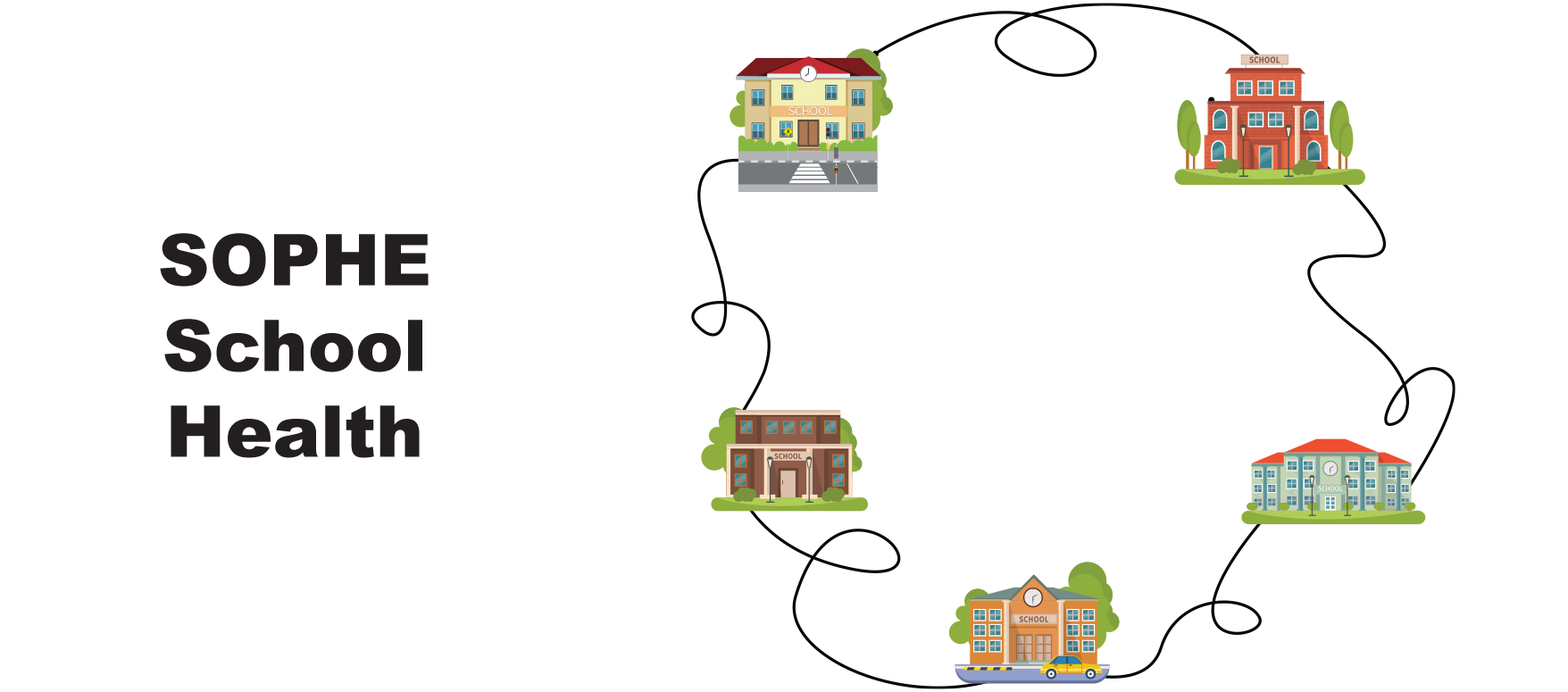
Provides Age-Appropriate and Developmentally Appropriate Information, Learning Strategies, Teaching Methods, and Materials
Description: An effective curriculum addresses students’ needs, interests, concerns, age, developmental and emotional maturity levels, experiences, and current knowledge and skill levels. Developmentally appropriate practice does not mean making things easier for students. Rather, it means ensuring that healthy behavior outcomes (HBOs), functional health knowledge, skills, and experiences are suited to students’ learning and development and are challenging enough to promote progress and interest. In addition, concepts and skills should be taught in a logical sequence through reinforcement, but not repetition, at each grade level.1

Example 1
For this teaching example, the unit being taught is Tobacco, and the HBO for the lesson is T-1: Avoid using (or experimenting with) any form of tobacco (HECAT Appendix 3).

- The students have previously learned in 6th grade health education about functional information and skills related to the short- and long-term health effects of using tobacco products including e-cigarettes or vaping products and the benefits of being tobacco and nicotine free.
- The students have previously learned about developmentally appropriate functional information and skills related to the short- and long-term effects of using tobacco products including e-cigarettes or vaping products and the benefits of being tobacco and nicotine free in their 5th grade health education class.
- The 8th grade teacher reinforces the information and skills. However, the administration and the school resource officer (SRO) have reported that, over the last month, there’s been an increase in the number of 8th graders who are vaping and smoking cigarettes while walking home from school. In addition, the teacher has researched additional local and state data such as the Youth Risk Behavior Survey, which indicates an increase in nicotine use at the 8th grade level. Therefore, the health educator and the SRO partner to teach a developmentally appropriate unit on the dangers of experimenting with tobacco products and situations that could lead to the use of tobacco and nicotine.
- At the culmination of the unit, students research and utilize data to develop advocacy and public service messages about the importance of avoiding or experimenting with any form of tobacco or nicotine.
Example 2
For this teaching example, the unit being taught is Sexual Health, and the HBO for the lesson is SH-4: Give and receive consent in all situations (HECAT Appendix 3).
- The students have previously learned in 7th grade health education class about developmentally appropriate functional information and skills related to giving and receiving consent. The teacher defined “consent” and emphasized its importance for decisions on sexual health behaviors and remaining abstinent.
- The school district has recently experienced an increase in disciplinary referrals for inappropriate touching among a group of 8th graders. The 8th graders do not understand why they can’t touch their classmates as they are only “having fun.”
- Realizing the need to reinforce and expand on the concept of giving and receiving consent, the 8th grade health education teacher incorporates the following developmentally appropriate information and skill development into lessons including the following:
- Practicing how to communicate consent for all health behaviors
- Explaining how to receive consent or change your mind and not consent
- Practicing how to say “yes” and “no” to people, behaviors, or situations that could make one feel uncomfortable
- Once the teacher presents these strategies, students are divided into small groups to practice the skills through assigned role-plays. The teacher monitors responses from students.
To see in PDF format, please click here.
| Access Date | Quiz Result | Score | Actions |
|---|
